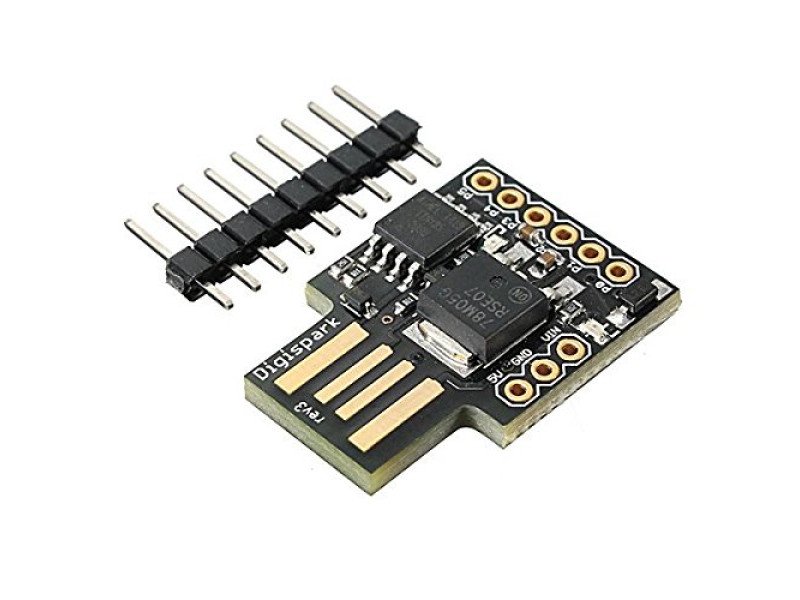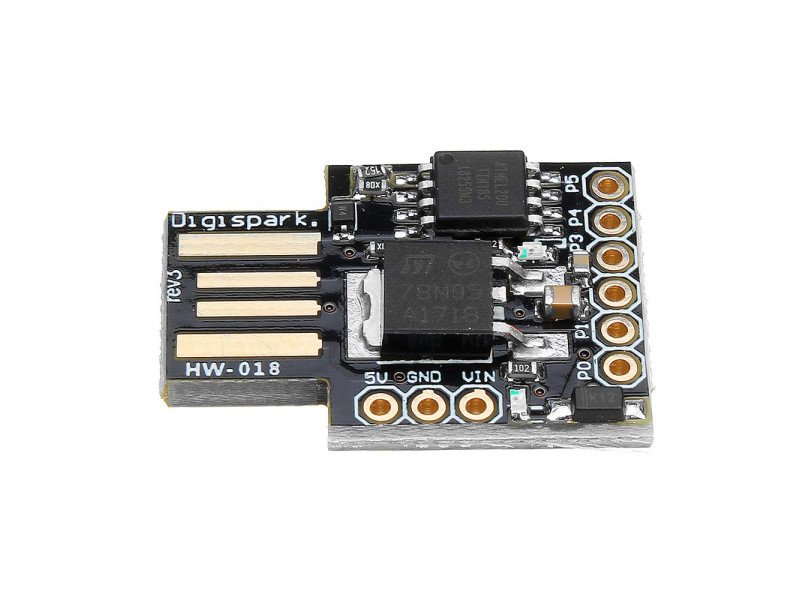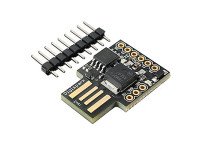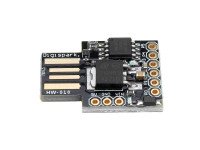ATTINY85 USB Development Board
ATTINY85 USB Development Board
₹ 220.00
- Stock: In Stock
- Brand: DIGI
- SKU: RM008566
Warehouse Code: R00015-S05-P05-Z01
Product Highlights
- Support for the Arduino IDE 1.0 + (OSX/Windows/Linux).
- Power via USB or External Source or 7-16 v to 5 v (automatic selection).
- The Onboard, 150 ma 5 v Regulator.
- Built-in USB and serial were debugging).
- 6 I/O Pins (2 inform the for USB only if your program actively communicates over USB, otherwise you can use all 6 even if you are programming via USB).
- 8 k Flash Memory (about 6 k after bootloader).
- The I2C and SPI (vis USI).
- The Power LED and the Test/Status LEDs.



